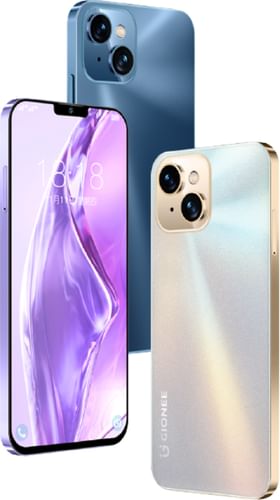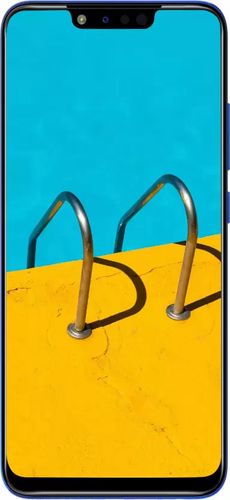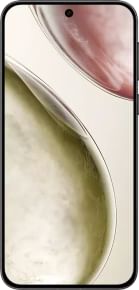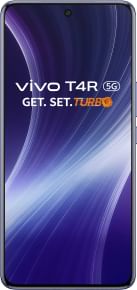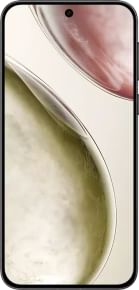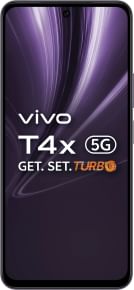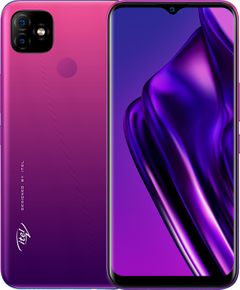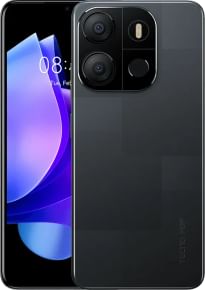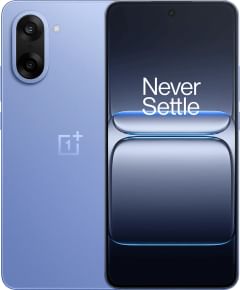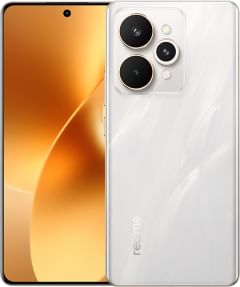Gionee G13 Pro vs Infinix Hot 7
Quick Comparison
Both Gionee G13 Pro and Infinix Hot 7 comes with same RAM. In terms of display resolution, Gionee G13 Pro has better resolution of 1600 x 720 than Infinix Hot 7 which has resolution of 720 x 1500. Infinix Hot 7 has more internal memory than Gionee G13 Pro
| Name | Gionee G13 Pro | Infinix Hot 7 |
| RAM | 4 GB | 4 GB |
|---|---|---|
| Display | 6.26 in | 6.19 in |
| Internal Memory | 32 GB | 64 GB |
| Battery | 3500 mAh | 4000 mAh |
| Camera | 13 MP Dual | 13 MP + 2 MP Dual |
| Price | Rs. 6190 | Rs. 8999 |
Related Products
Detailed Comparison
Price And Launch
The Expected cost of Gionee G13 Pro is Rs. 6190. The launch Date of the second phone is July 15, 2019 . The cost of Infinix Hot 7 is Rs. 8999.
Display comparison
Gionee G13 Pro has larger screen size of 6.26 inches in comparison to Infinix Hot 7's 6.19 inch screen. Gionee G13 Pro has IPS LCD Screen type where as Infinix Hot 7 has IPS Screen type. Gionee's phone has display density of 280 PPI & Infinix's phone has only 271 PPI display density. In terms of screen to body ratio, Gionee's phone has better screen to body ratio of ~ 90.3% than Infinix's phone ~ 83%. Gionee G13 Pro has 19:9 aspect ratio where as Infinix Hot 7 has 18:9 aspect ratio.
Memory comparison
Both phones come with 4 GB RAM Infinix Hot 7 has more Internal Memory (64 GB) than Gionee G13 Pro (32 GB).
Camera comparison
They both have the same 13 MP Dual Rear Camera. Infinix Hot 7 will be better choice if you're looking to click lot of selfies as it has better 13 MP + 2 MP Dual Front Camera in comparison to Gionee G13 Pro's 5 MP Front Camera.
Related Comparisons
Full Comparison
| Name | Gionee G13 Pro | Infinix Hot 7 |
| General | ||
| Model | G13 Pro | Hot 7 |
| Sim Type | Dual Sim, GSM+GSM | Dual Sim, GSM+GSM |
| Dual Sim | Yes | Yes |
| Sim Size | Nano+Nano SIM | |
| Device Type | Smartphone | Smartphone |
| Release Date | July 15, 2019 | |
| Design | ||
| Dimensions | 74.8 x 153.9 x 7.9 mm | |
| Weight | 159 g | |
| Display | ||
| Type | Color IPS LCD Screen (16M Colors) | Color IPS Screen (16M Colors) |
| Touch | Yes | Yes |
| Size | 6.26 inches, 720 x 1600 pixels | 6.19 inches, 1500 x 720 pixels |
| Aspect Ratio | 19:9 | 18:9 |
| PPI | ~ 280 PPI | ~ 271 PPI |
| Screen to Body Ratio | ~ 90.3% | ~ 83% |
| Features | HD+ IPS 2.5D Glass | |
| Notch | Yes, Large Notch | Yes, Small Notch |
| Memory | ||
| RAM | 4 GB | 4 GB |
| Storage | 32 GB | 64 GB |
| Card Slot | Yes | Yes, upto 256 GB |
| Connectivity | ||
| GPRS | Yes | Yes |
| EDGE | Yes | Yes |
| 3G | Yes | Yes |
| 4G | Yes | Yes |
| VoLTE | Yes | |
| Wifi | Yes, with wifi-hotspot | Yes, with wifi-hotspot |
| Bluetooth | Yes | Yes, v5.0 |
| USB | Yes | Yes, microUSB v2.0 |
| USB Features | USB on-the-go | USB on-the-go |
| Extra | ||
| GPS | Yes | Yes |
| Fingerprint Sensor | Yes, Rear | |
| Face Unlock | Yes | Yes |
| Sensors | Fingerprint, G-Sensor, Proximity, Light, Compass | |
| 3.5mm Headphone Jack | Yes | Yes |
| Extra Features | Dirac Surround cound, AI Photo Gallery, Read Mode, Multi-Window, Bike Mode, Game Boost, Smart Panel, Face Unlock, Metal Unibody Design | |
| Camera | ||
| Rear Camera | 13 MP QVGA | 13 MP ƒ/1.8 2 MP (Depth Sensor) |
| Auto Focus | Yes | Yes |
| Features | AI Dual Camera, PDAF, Auto Scene Detection: Detects 8 Scenes, AR Stickers | |
| Video Recording | Yes | 1080p @ 30 fps FHD |
| Flash | Yes, LED | Yes, Dual LED |
| Front Camera | 5 MP | 13 MP ƒ/2 2 MP LED Flash |
| Technical | ||
| OS | HarmonyOS v2 | Android v9.0 (Pie) |
| Chipset | Unisoc Tiger T310 | Mediatek Helio P25 |
| CPU | 2 GHz, Quad Core Processor | 2.39 GHz, Octa Core Processor |
| Core Details | 1x2.0 GHz Cortex-A75 & 3x1.8 GHz Cortex-A55 | 4x2.4 GHz Cortex-A53 & 4x1.6 GHz Cortex-A53 |
| GPU | PowerVR GE8300 | Mali-T880MP2PowerVR GE8320 |
| Java | No | No |
| Browser | Yes | Yes, supports HTML5 |
| Multimedia | ||
| Yes | Yes | |
| Music | Yes | AAC, AAC+, AAC+ Enhanced, OGG Vorbis, WAV, MP3, Midi |
| Video | Yes | H.264, H.263, MPEG-4 |
| FM Radio | No | Yes |
| Document Reader | Yes | Yes |
| Battery | ||
| Type | Non-Removable Battery | Non-Removable Battery |
| Size | 3500 mAh | 4000 mAh, Li-Po Battery |
